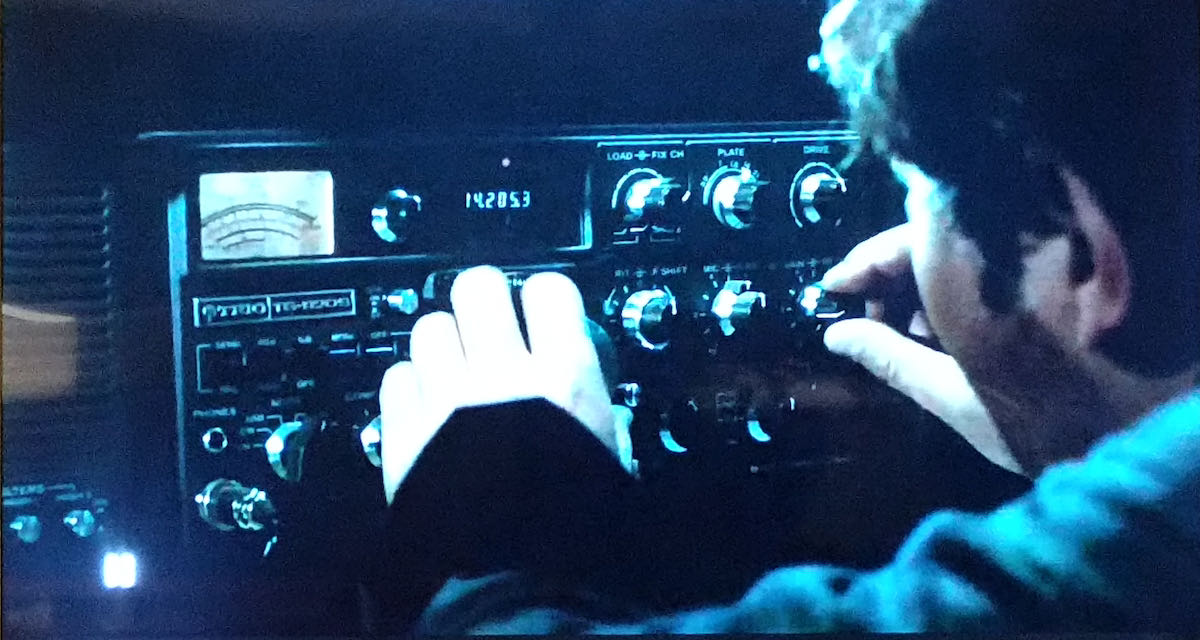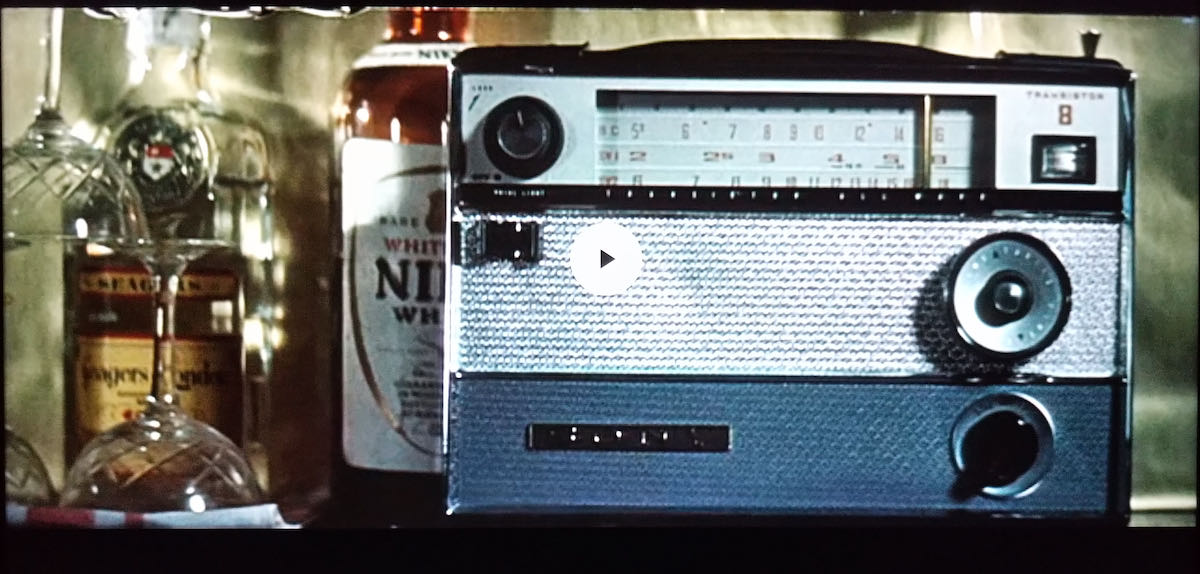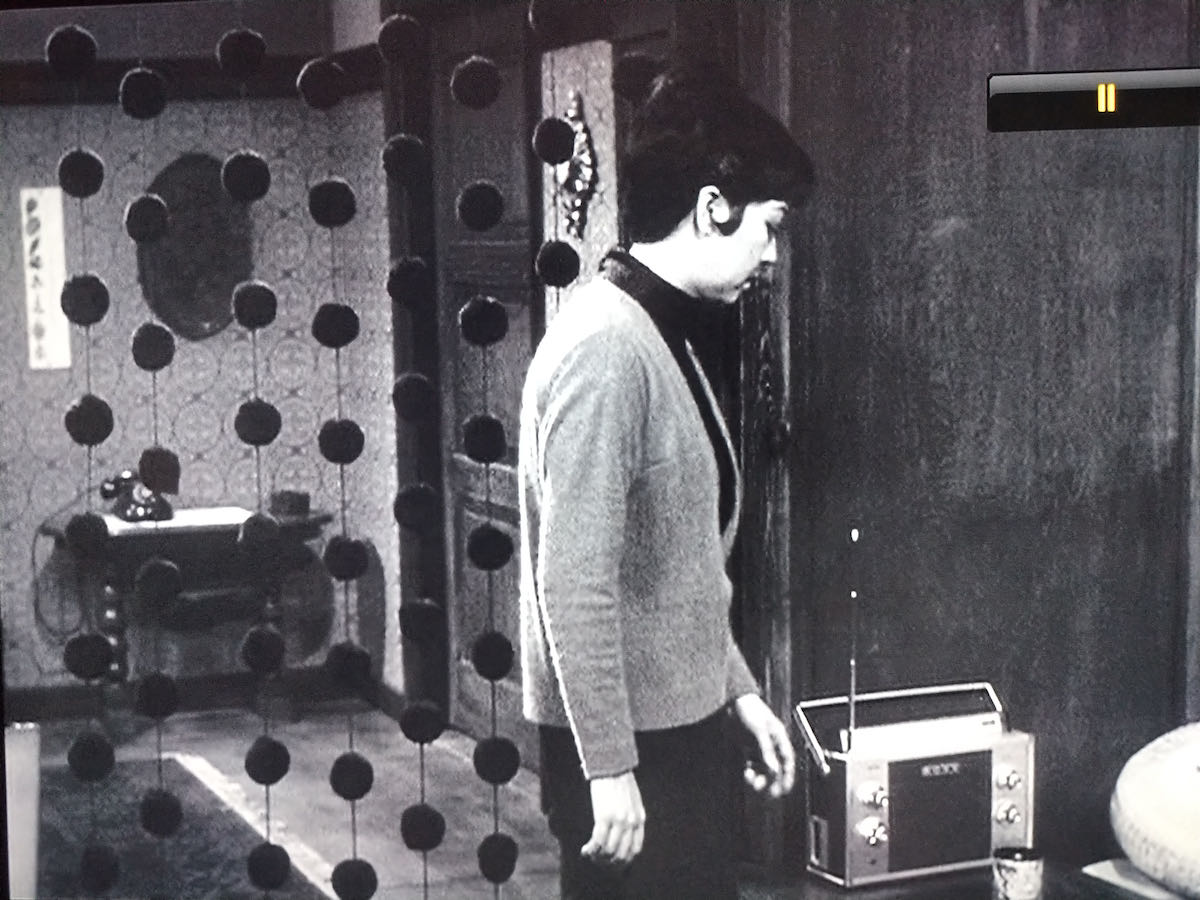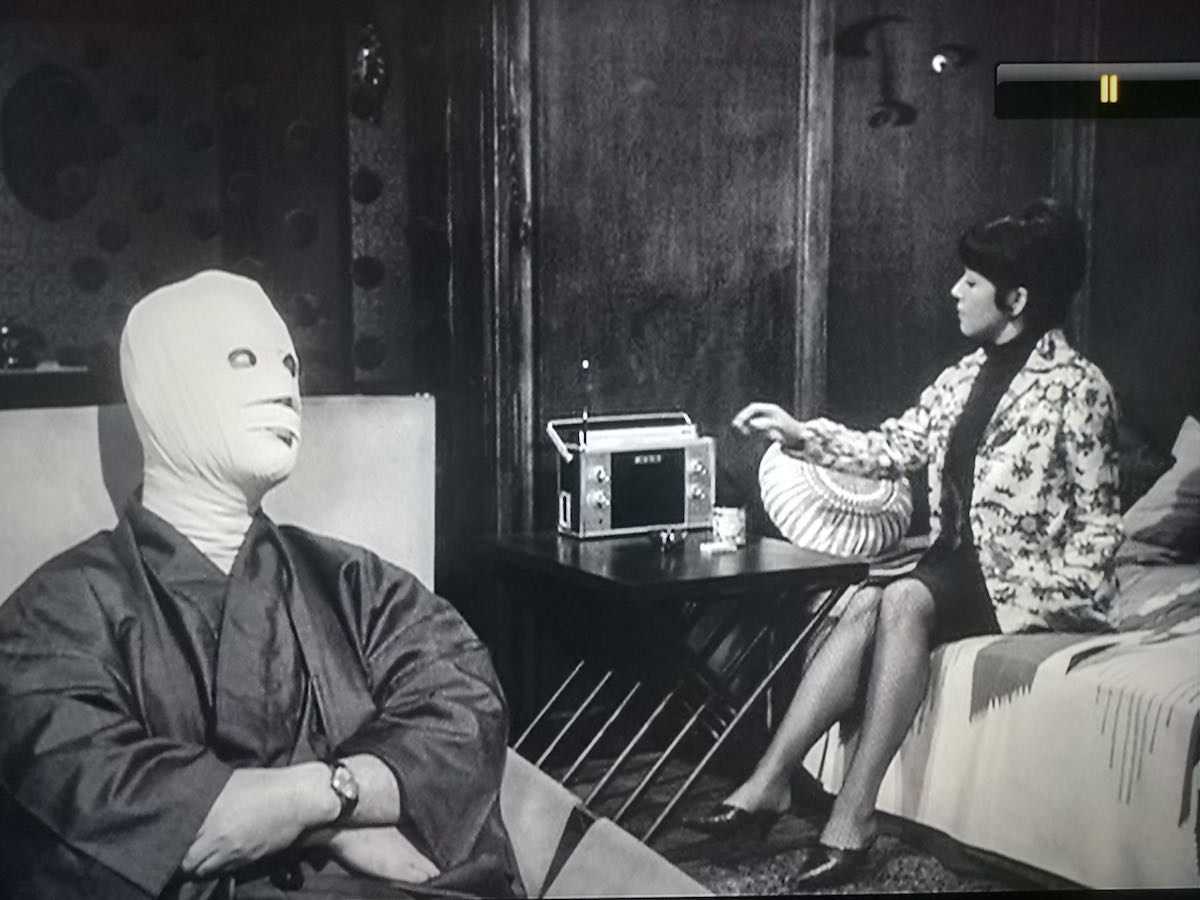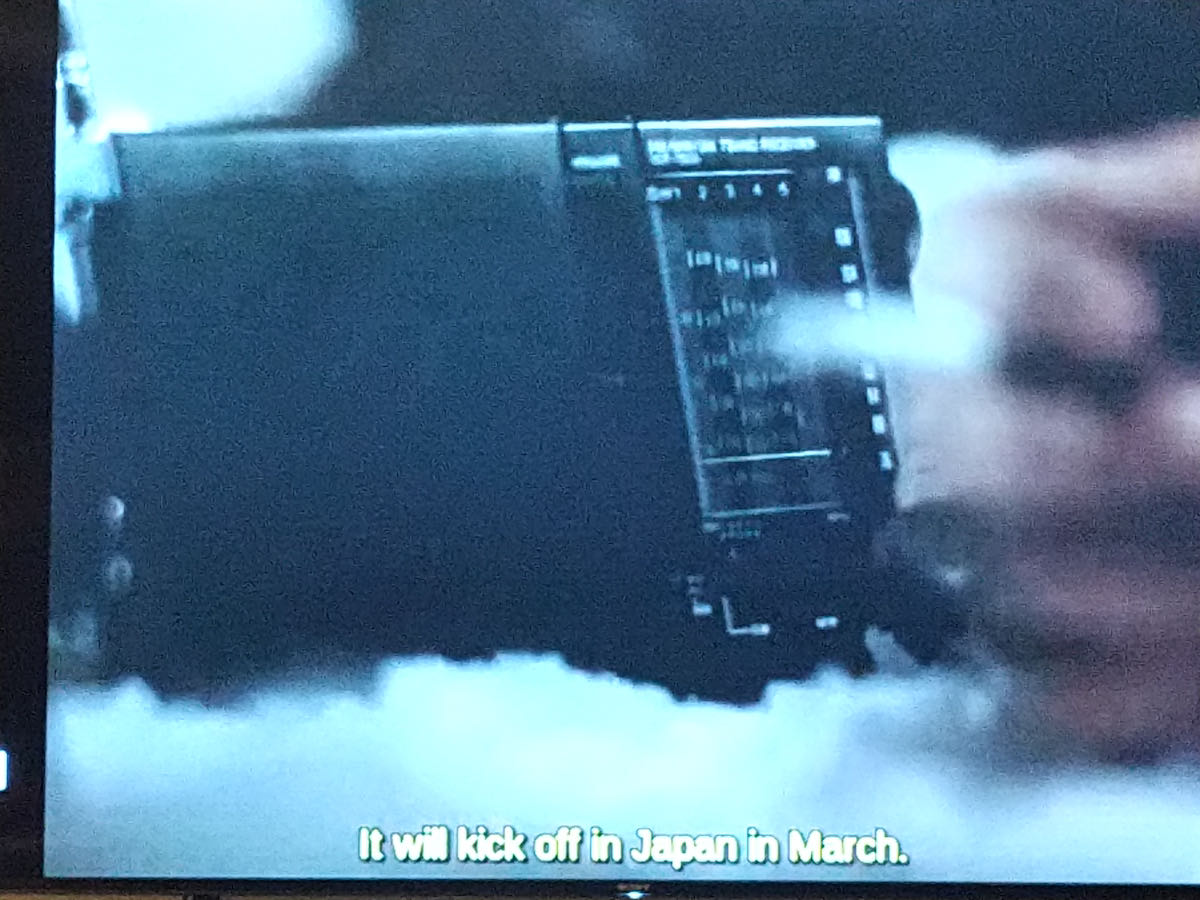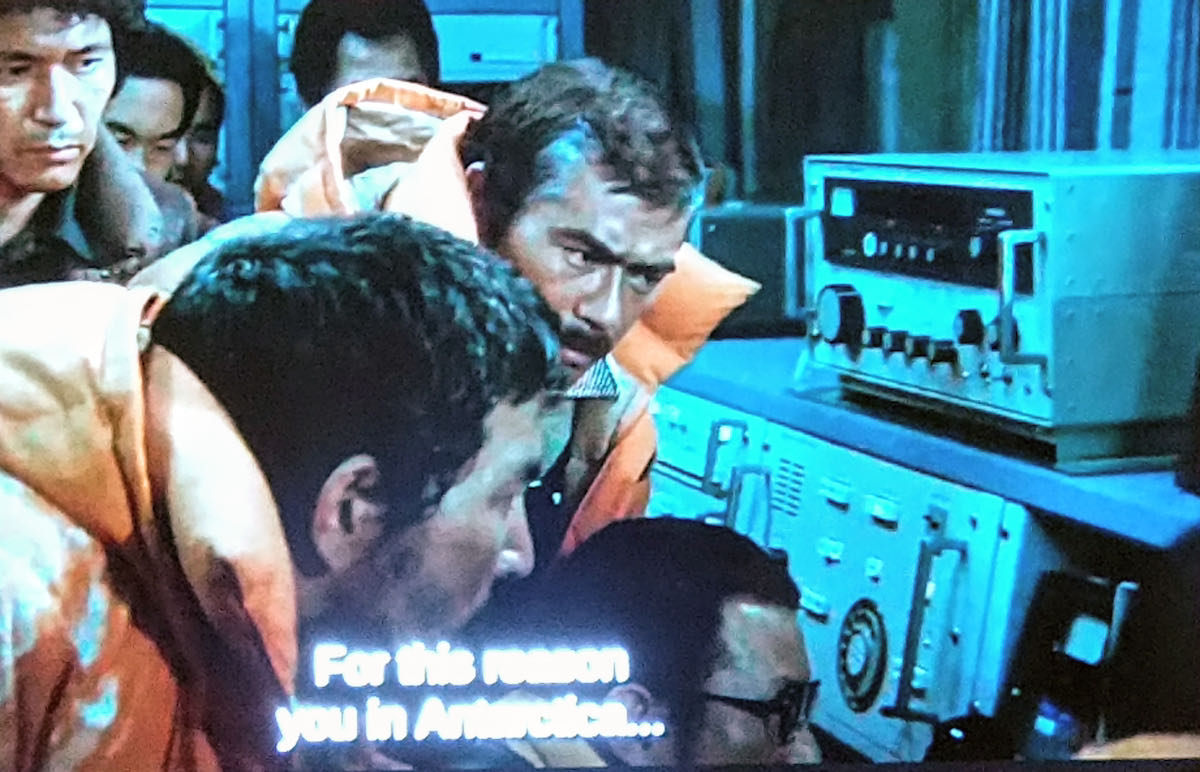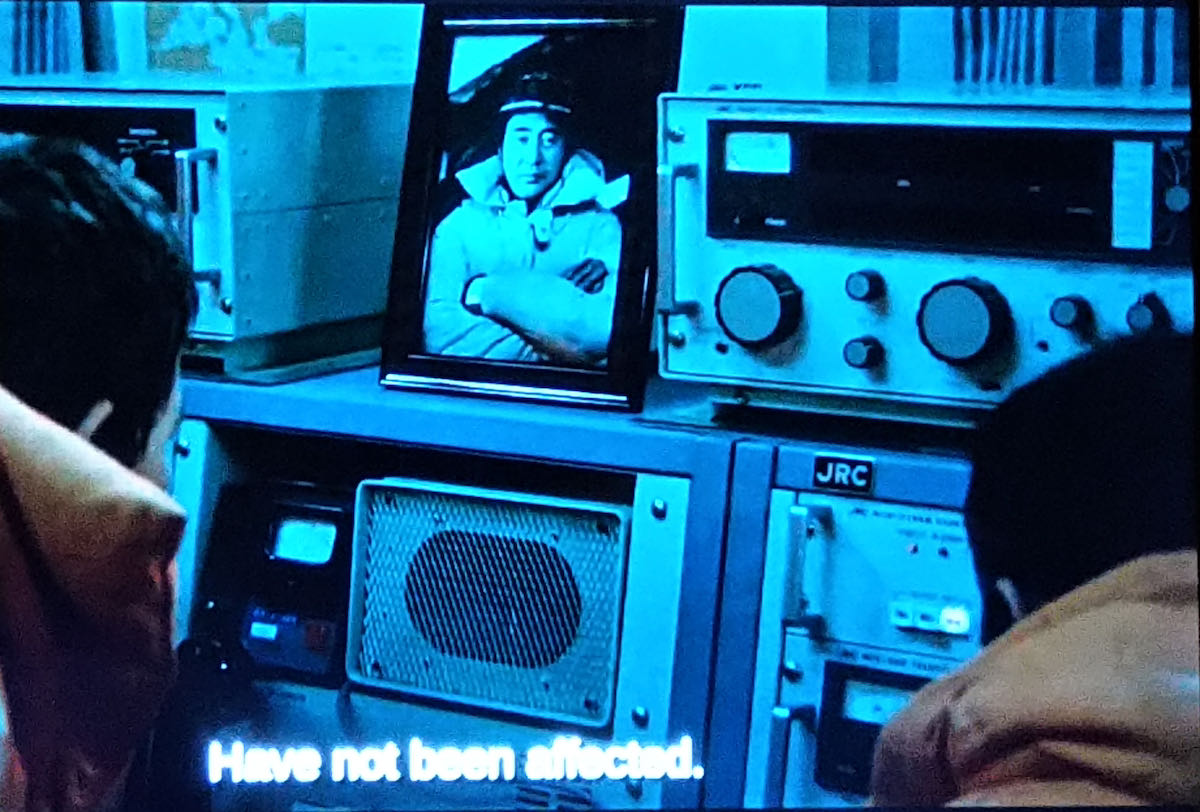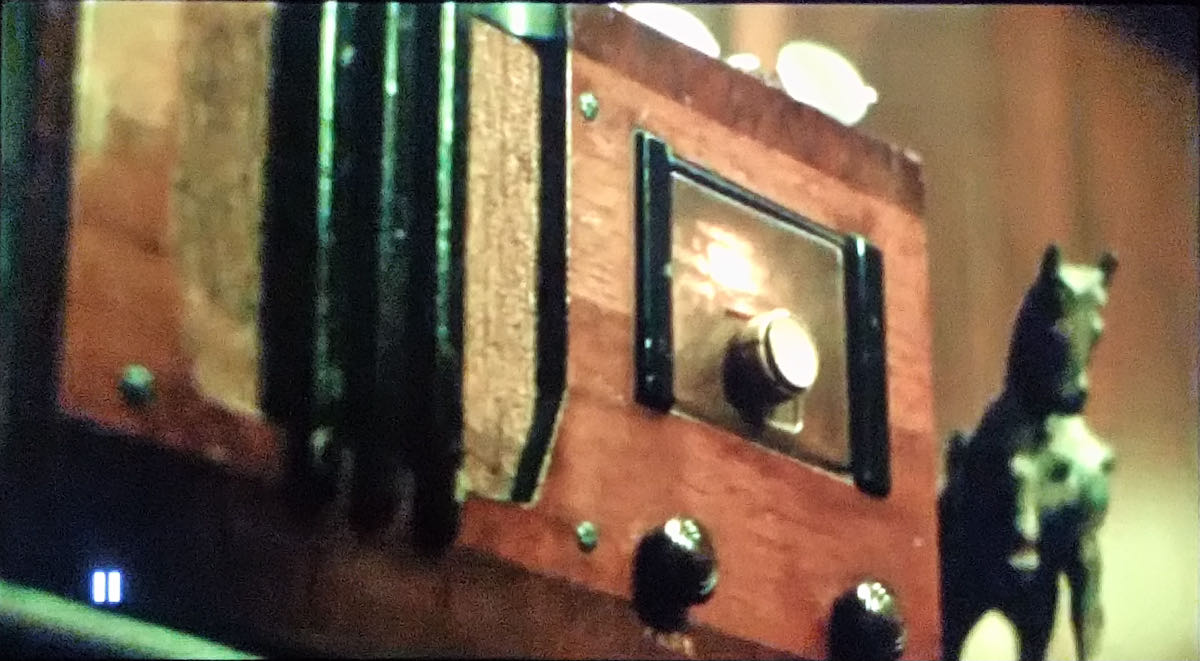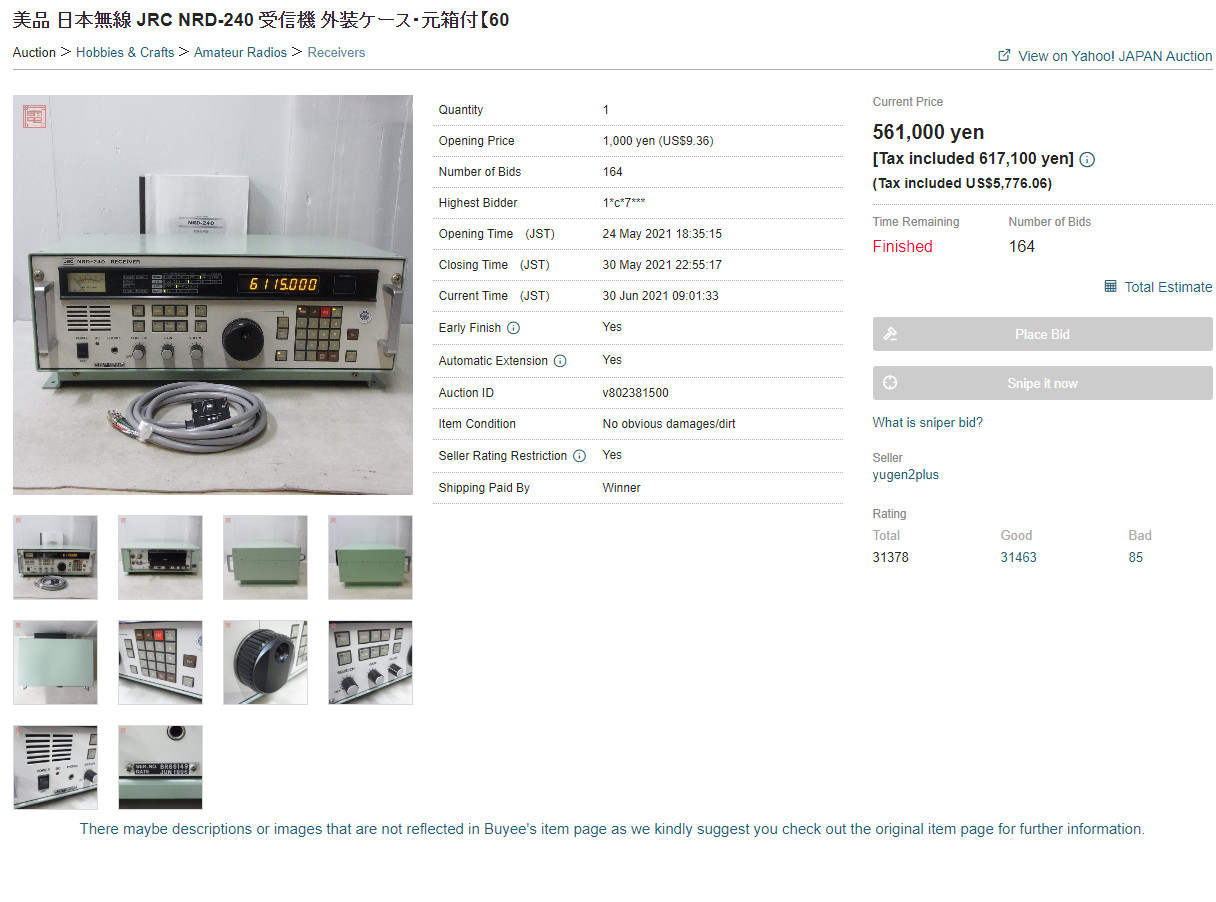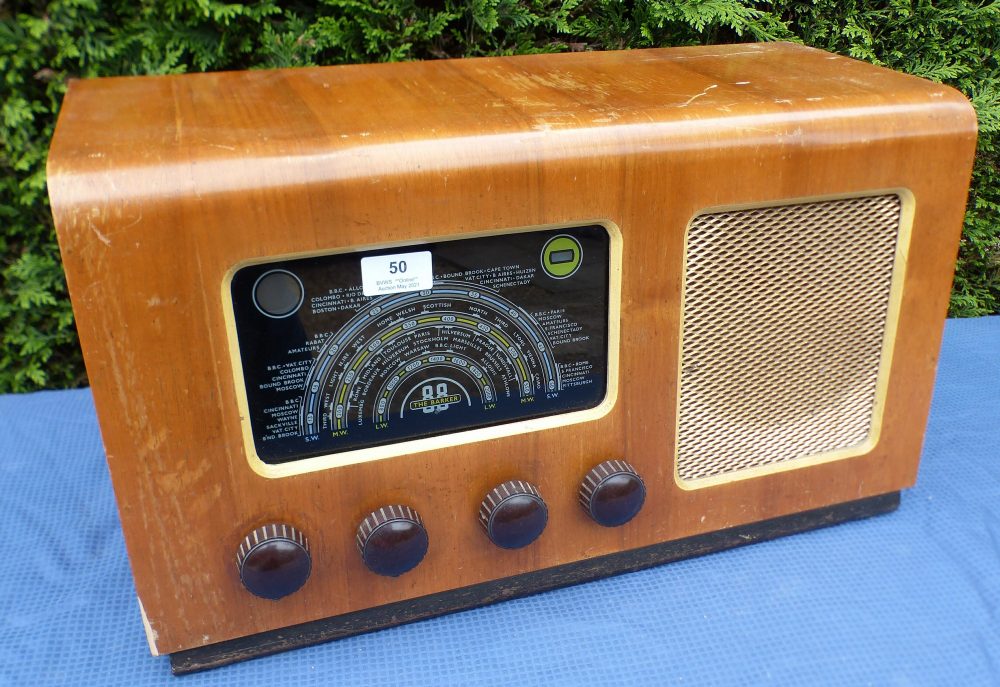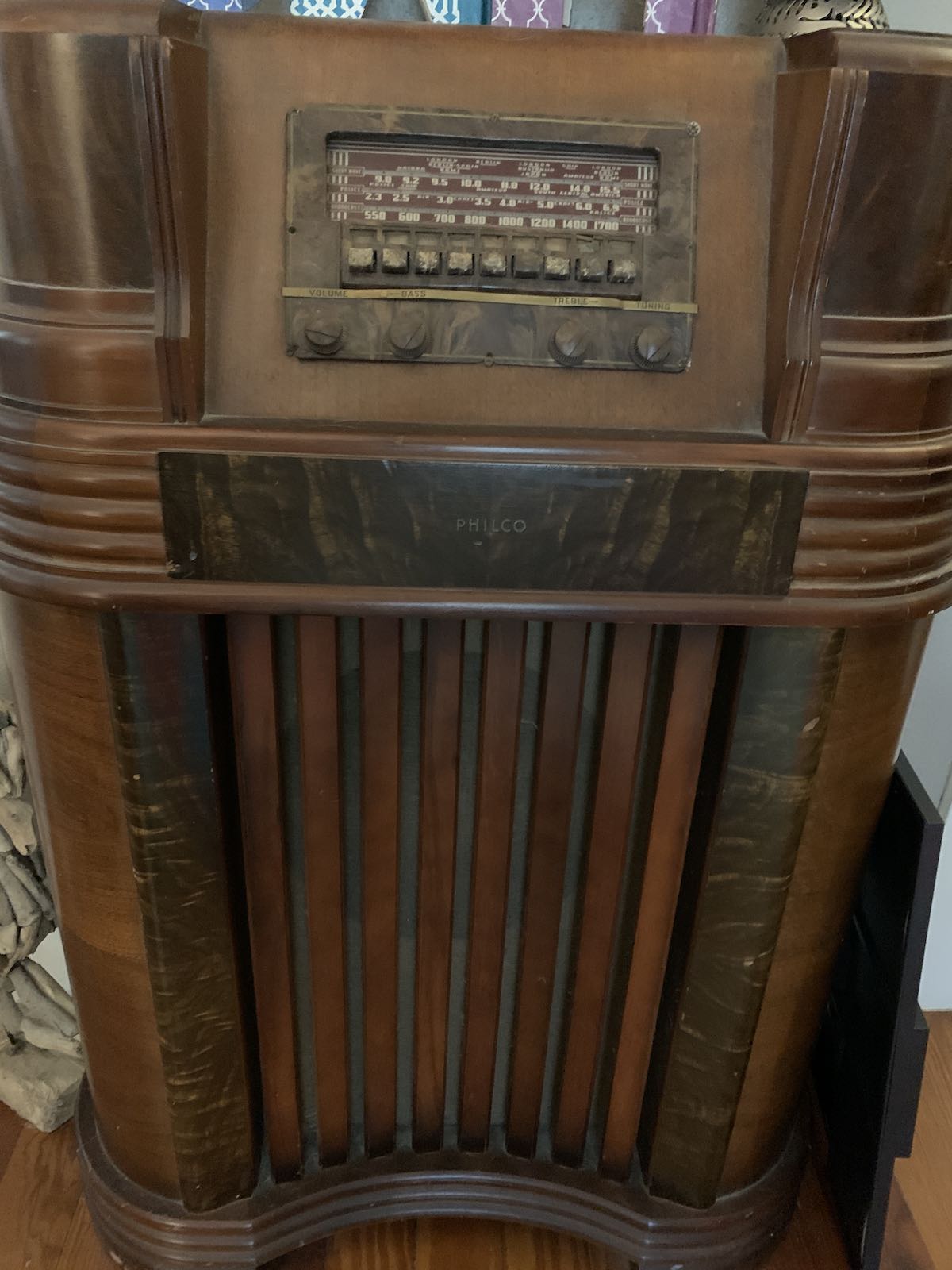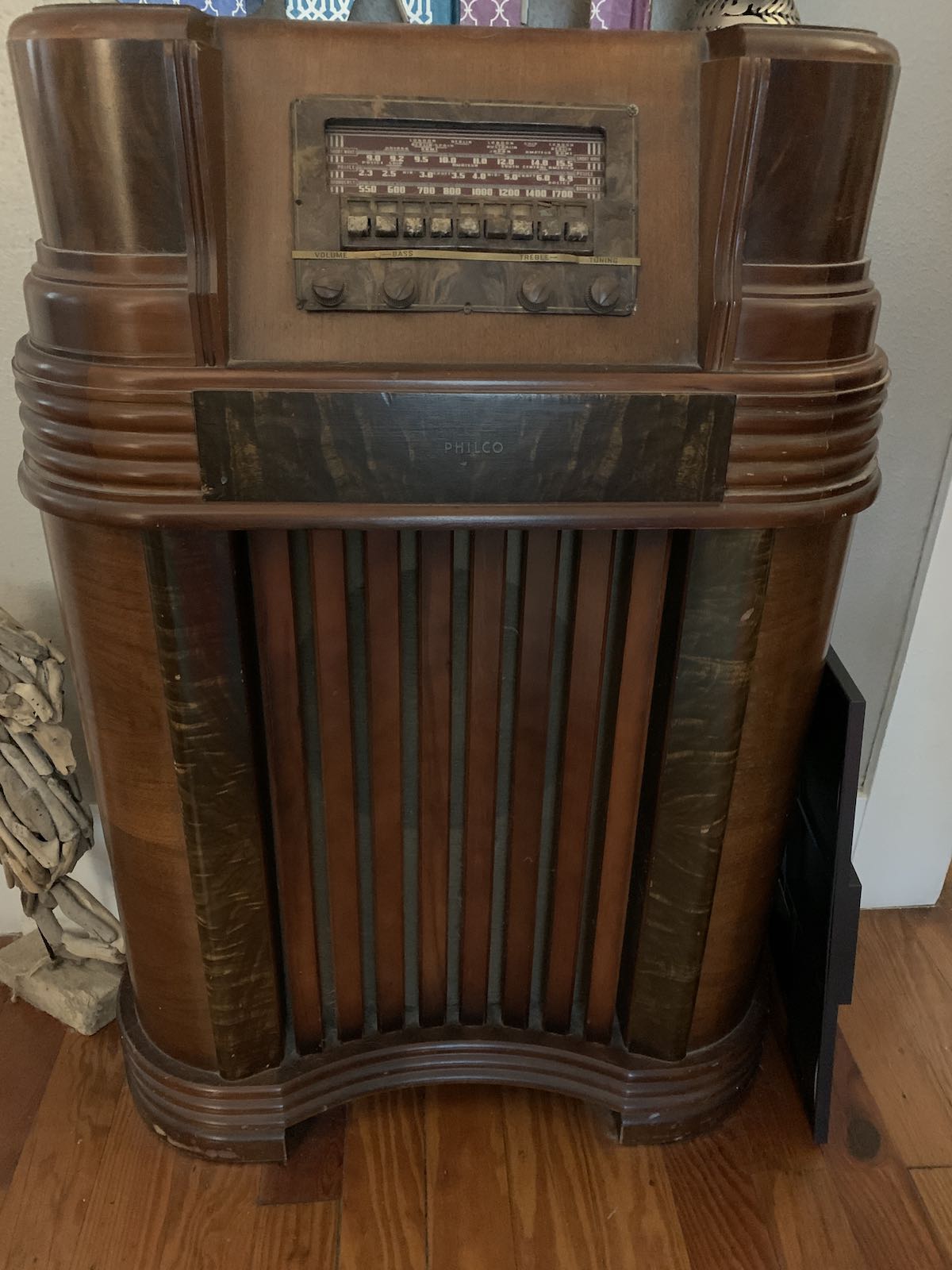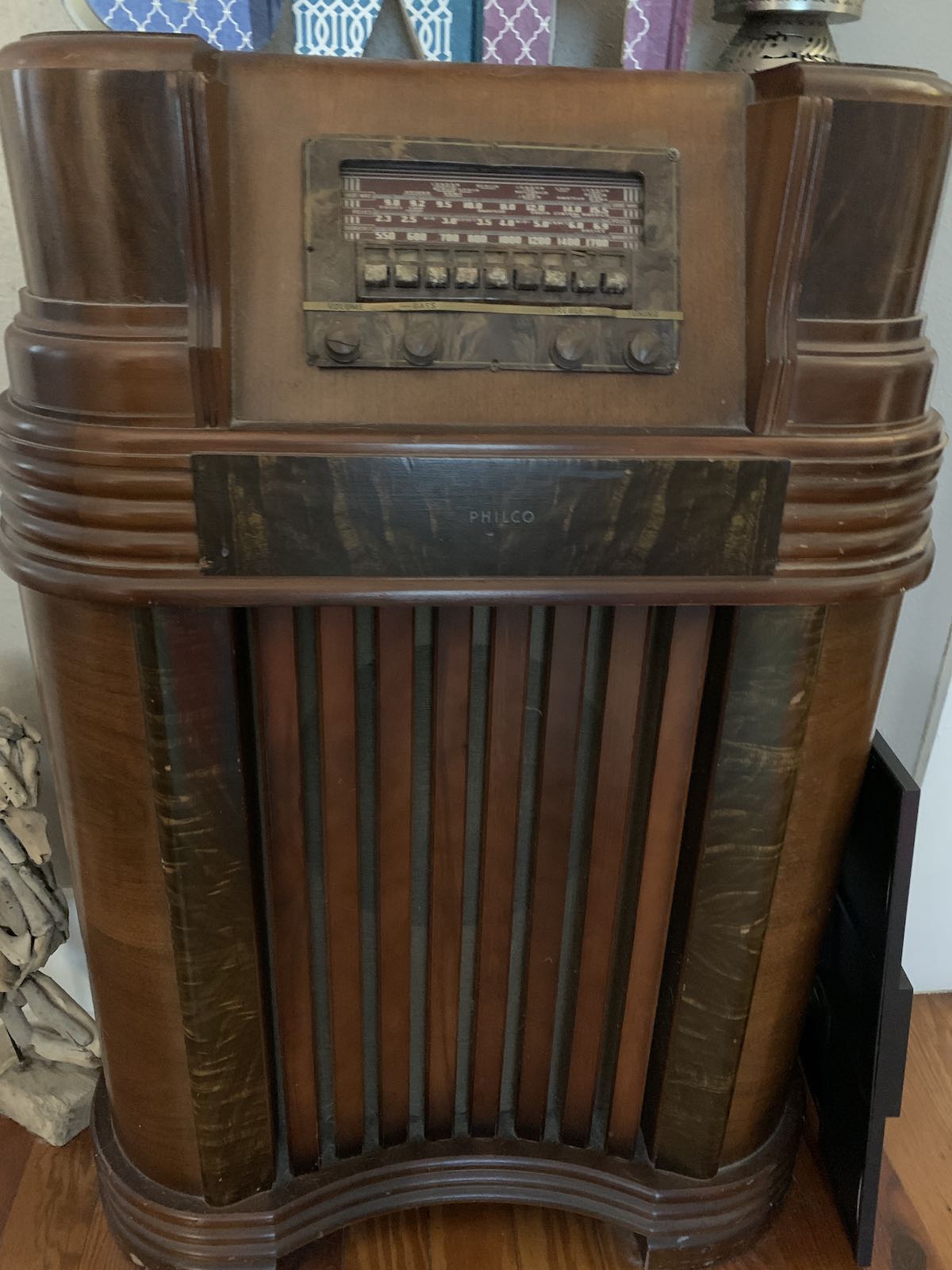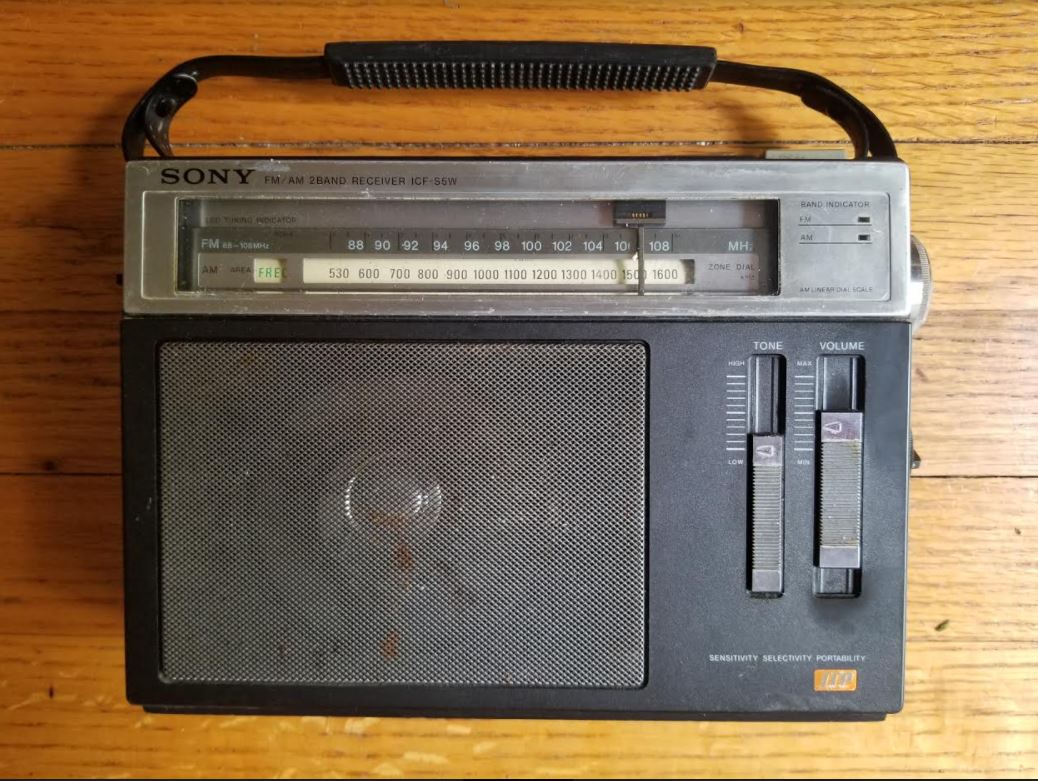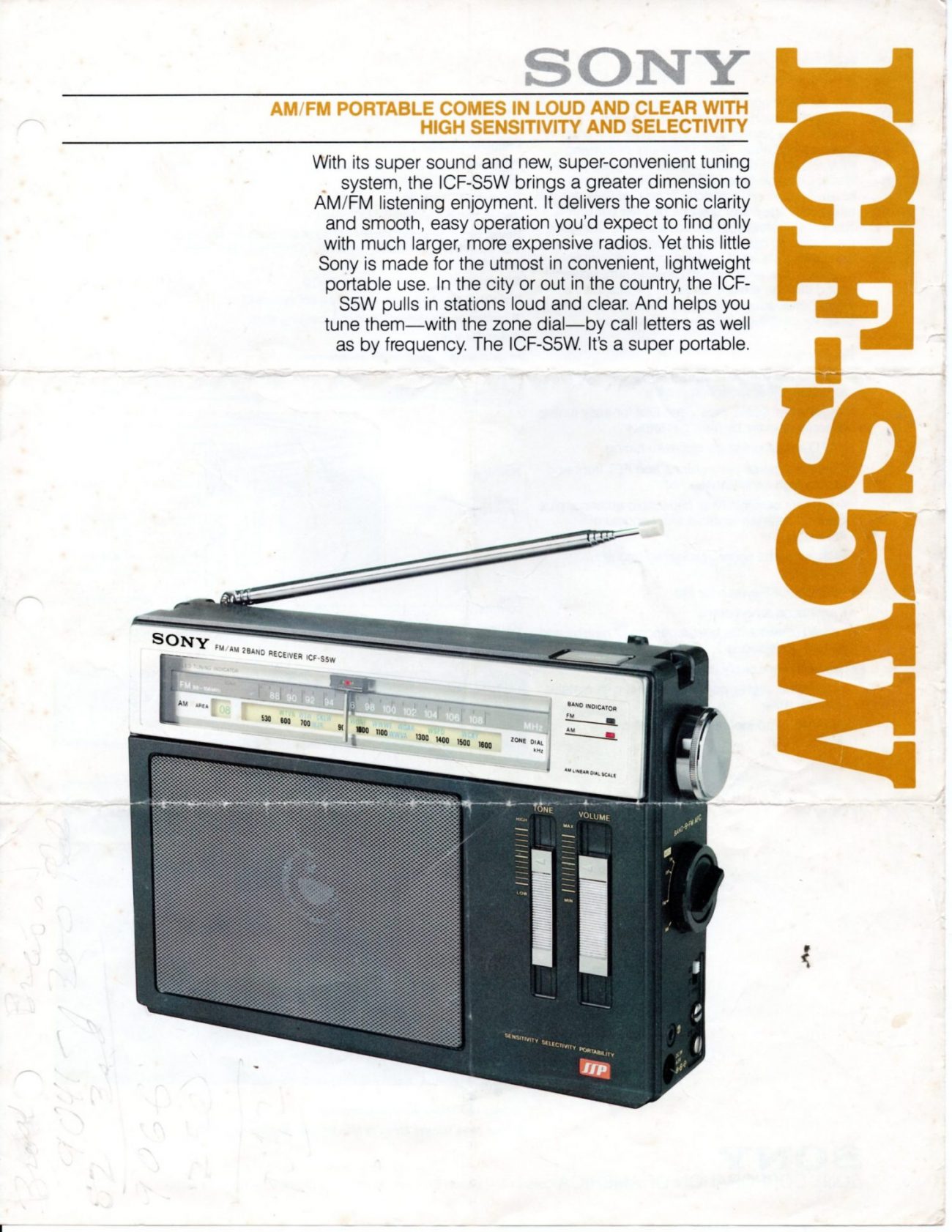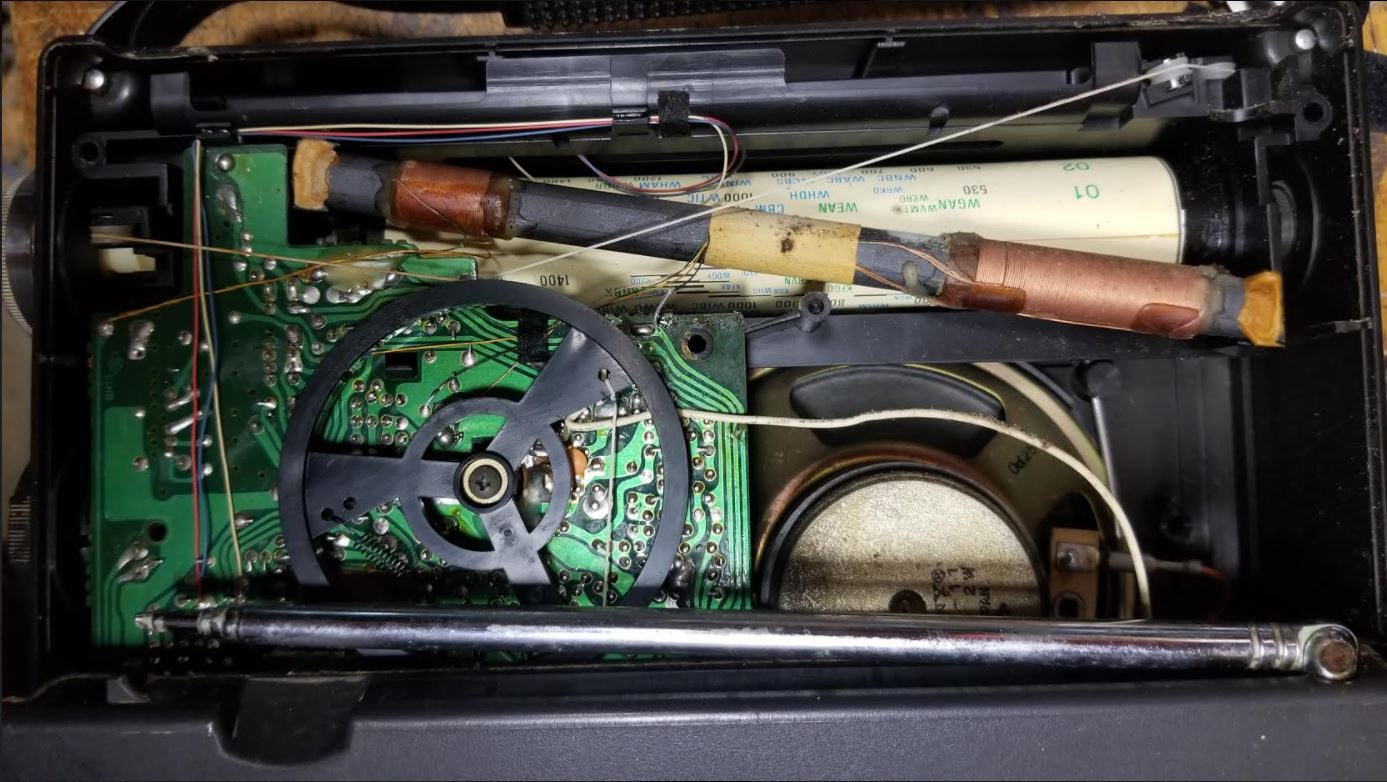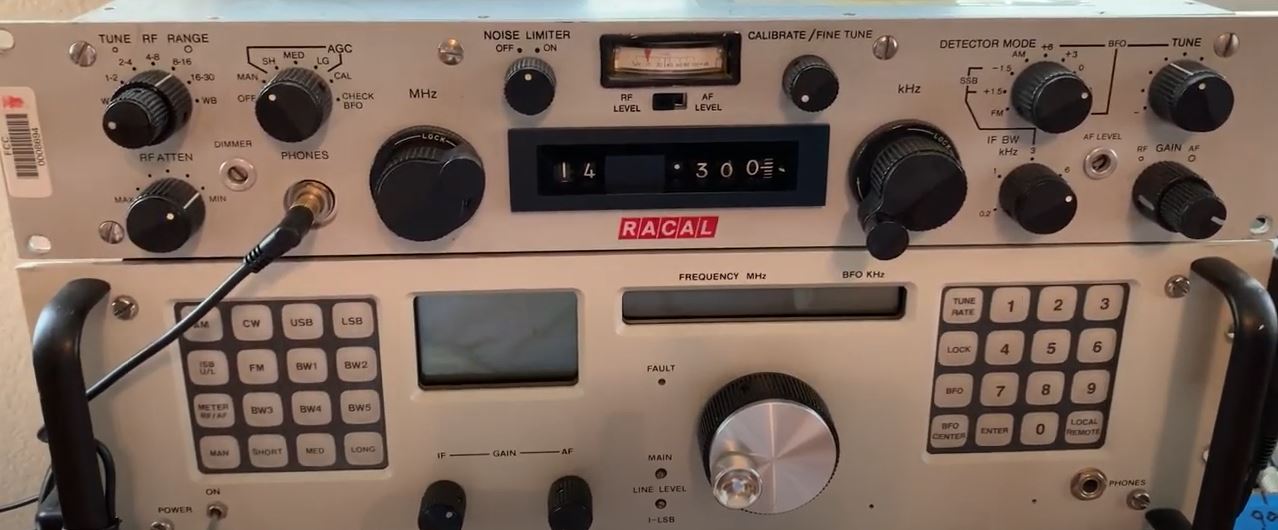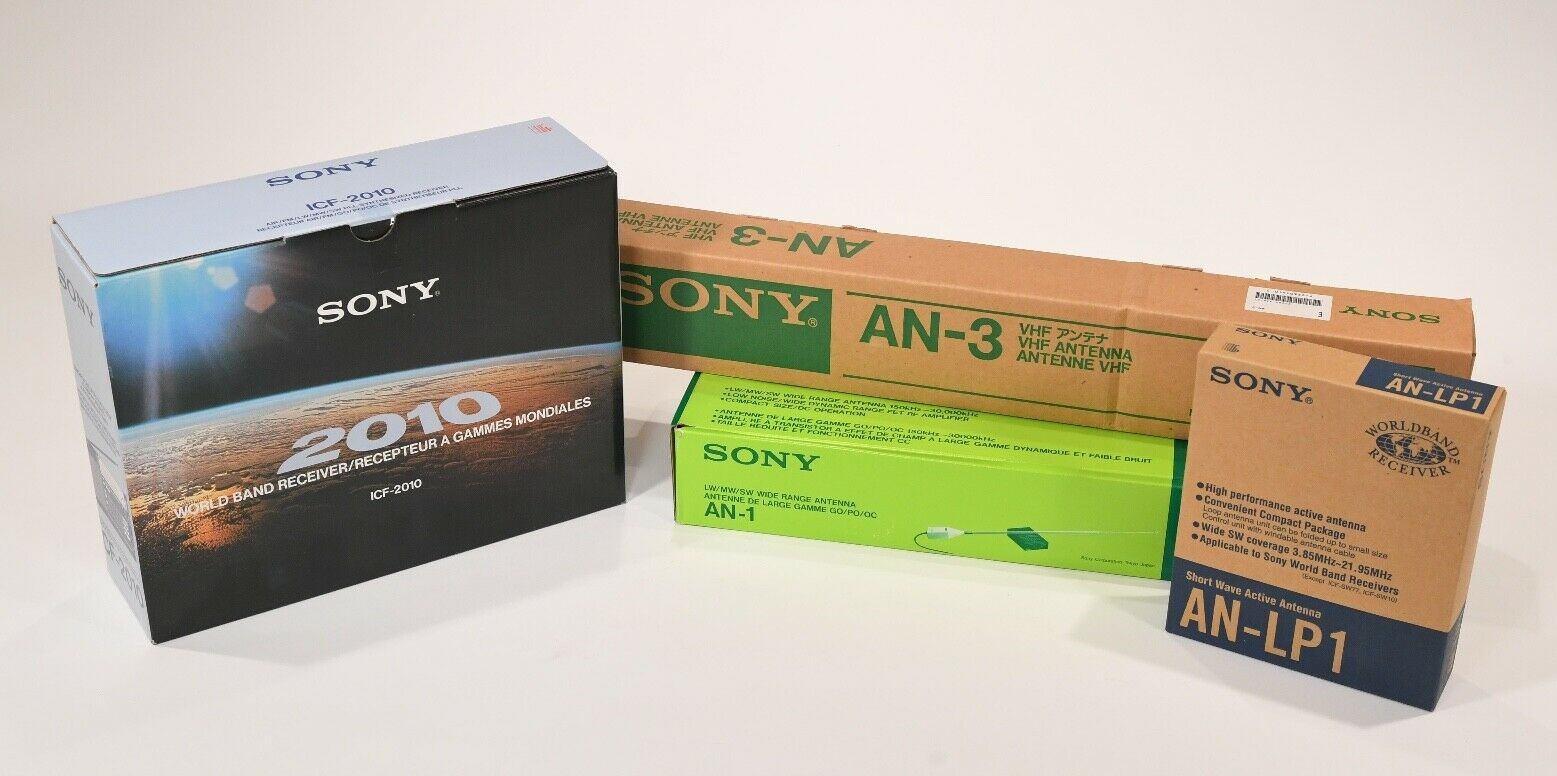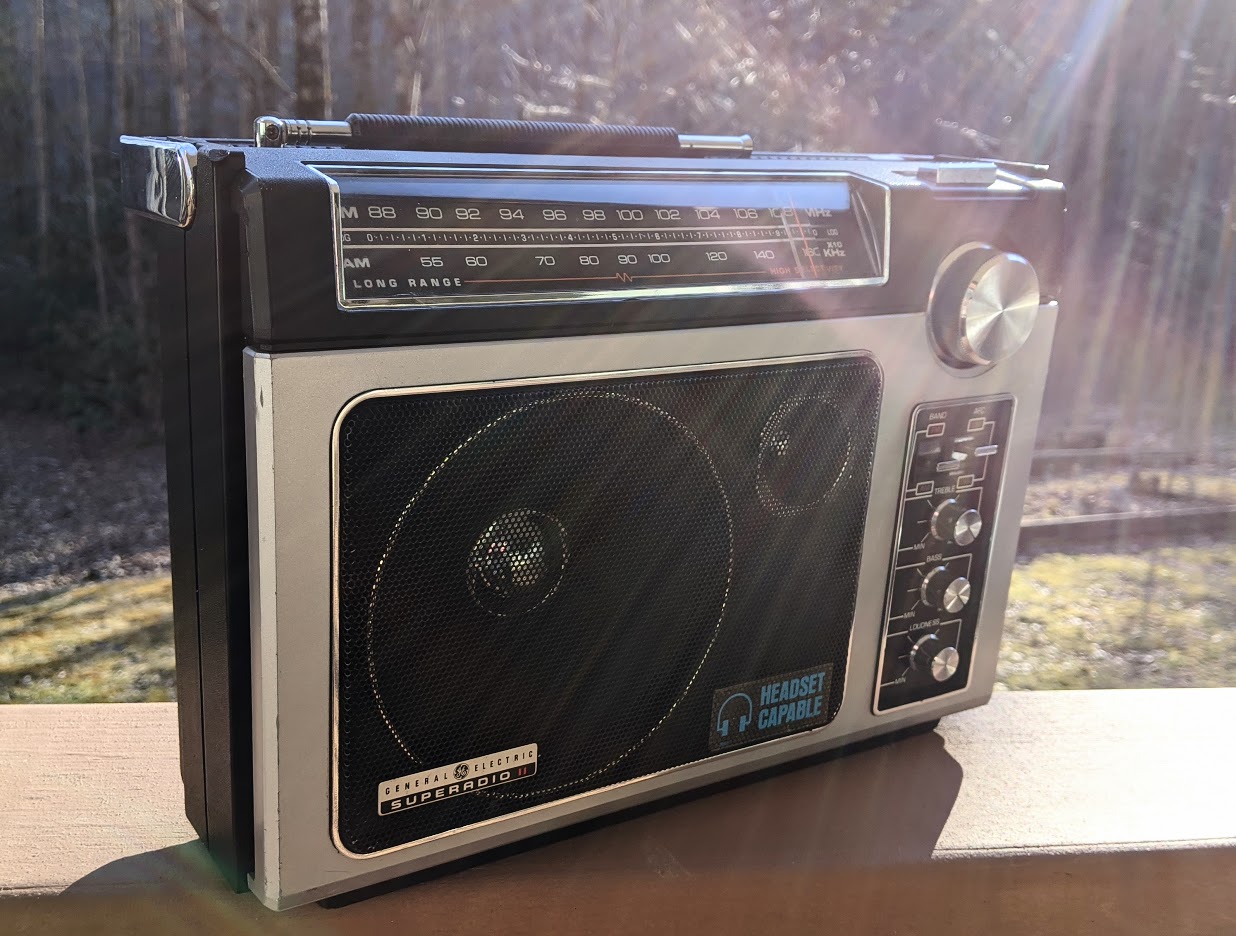Many thanks to SWLing Post contributor, Jon, who writes:
Good day,
I regularly visit the SWLing Post and very much appreciate the breadth of content you provide on the shortwave hobby. In between the receiver reviews and stories on broadcaster activities, I much enjoy the pieces showing the radio gear that folks notice in television/films. Over the course of the COVID19 pandemic, I have been watching a lot of films from Japan, and in the process have spotted quite a few interesting receivers here and there. Below are some photos and details on some of these unsung stars of Japanese cinema. I think that JRC enthusiast Dan Robinson will agree with me that it’s the ensemble cast of JRCs in Virus that steal the show! 🙂
1. Masahiro Shinoda’s 1961 Epitaph to My Love opened with a very nice shot of a Sony TR-812 multi-band portable in a scene where a news broadcast is being heard in a bar setting.
https://www.radiomuseum.org/r/sony_tr_812_tr812.html
2. A Sony AFM-152J is shown in a contemporary home setting in Hiroshi Teshigahara’s 1966 film The Face of Another.
https://www.radiomuseum.org/r/sony_fmam_automatic_tuning_radio_esaki_diode_afm_152j.html
3. Kihachi Okamoto’s 1978 sci-fi film Blue Christmas featured a brief shot of a Sony ICF-7600 – the first of a legendary line of Sony portables that would carry “7600” in their designation.
https://www.radiomuseum.org/r/sony_icf_7600.html
4. There were several radio appearances in Kinji Fukasaku’s 1980 Virus – a film that took disaster movies to a new level by depicting both a global pandemic and a nuclear holocaust.
A range of JRC gear was captured in a scene that was set in a Japanese Antarctic base. Identifiable rigs include the NRD-10 and the NRD-71.
https://www.radiomuseum.org/r/jrc_nrd_10nrd1.html
https://www.rigpix.com/jrc/jrc_nrd71.htm
In another scene from the Antarctic base, a Trio (Kenwood) TS-820S is shown powered up.
https://www.radiomuseum.org/r/trio_kenwo_ts_820s_ts820s.html
5. Lastly, we have an unidentified tube receiver from Masahiro Shinoda’s Childhood Days – an interesting 1990 film about a school aged boy in World War II era Japan who, because of the bombing threat, is sent from his Tokyo home to live in a rural village.
Thank you for sharing this, Jon! It’s wonderful to include radio sightings from Japanese cinema in our ever-growing collection of radios in movies!

